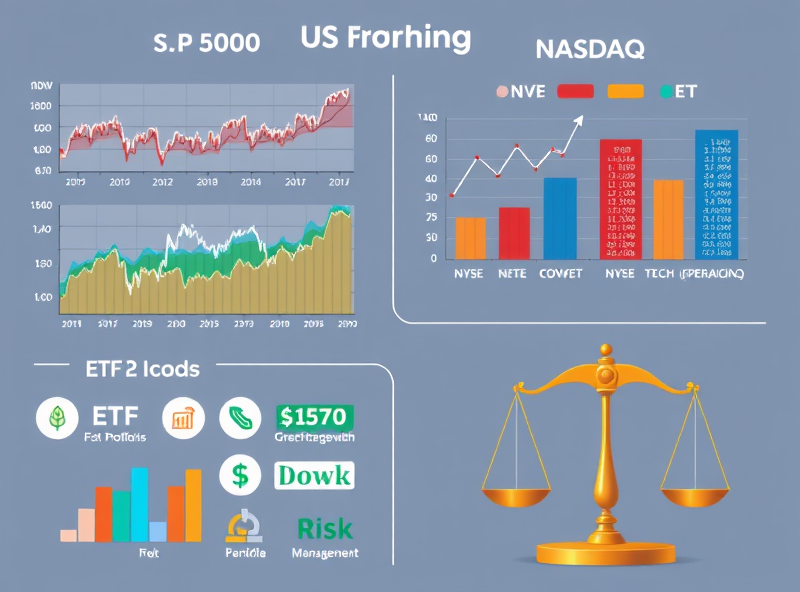Core Investment Instruments

When stepping into the world of investing, understanding the core investment instruments is crucial for building a solid foundation. These instruments include stocks, bonds, mutual funds, and exchange-traded funds (ETFs). Stocks represent ownership in a company and can offer high returns, but they come with higher risks. Bonds, on the other hand, are debt securities that provide more stability and predictable income. Mutual funds pool money from multiple investors to invest in a diversified portfolio, managed by professionals, making them a great option for beginners. ETFs are similar to mutual funds but trade like stocks on an exchange, offering flexibility and lower fees. By familiarizing yourself with these instruments, you can make informed decisions that align with your financial goals and risk tolerance.
Key Financial Concepts

Understanding key financial concepts is essential for every new investor. These concepts form the foundation of smart investing and help you make informed decisions. For instance, ‘Compound Interest’ is a powerful tool that allows your investments to grow exponentially over time by earning interest on both the initial principal and the accumulated interest. Another important term is ‘Diversification,’ which involves spreading your investments across various asset classes to reduce risk. Additionally, understanding ‘Risk Tolerance’ helps you align your investment strategy with your comfort level regarding potential losses. These fundamental concepts empower you to navigate the financial world with confidence and set the stage for long-term success.
Portfolio Management Strategies

Managing your investment portfolio effectively is a key step in achieving your financial goals. Portfolio management involves selecting and overseeing a mix of investments that align with your risk tolerance, time horizon, and objectives. One popular strategy is diversification, which means spreading your investments across different asset classes, such as stocks, bonds, and real estate, to reduce risk. Another approach is rebalancing, where you periodically adjust your portfolio to maintain your desired asset allocation. For example, if stocks have performed well and now make up a larger portion of your portfolio than intended, you might sell some stocks and reinvest in bonds or other assets. Active management, where you or a professional actively buy and sell investments to outperform the market, is another option, though it often comes with higher fees. On the other hand, passive management focuses on long-term growth by investing in index funds or ETFs that track the market. Remember, the best strategy depends on your personal financial situation and goals. Take time to research, consult with financial advisors if needed, and stay informed about market trends to make confident decisions.
Investment Fees and Costs

When stepping into the world of investing, understanding the fees and costs associated with your investments is crucial. These expenses can significantly impact your returns over time, so being informed is the first step to making smarter financial decisions.
1. **Management Fees**: These are fees charged by fund managers to oversee your investments. For example, mutual funds and ETFs often come with an expense ratio, which is a percentage of your total investment. While these fees might seem small, they can add up over the years. Always compare expense ratios when choosing funds.
2. **Transaction Fees**: Every time you buy or sell a stock, bond, or other security, you might incur transaction fees. Some brokers offer commission-free trading, but it’s important to check for hidden costs.
3. **Account Maintenance Fees**: Some brokerage accounts charge annual or monthly fees just for maintaining your account. These can sometimes be waived if you meet certain conditions, like maintaining a minimum balance.
4. **Advisory Fees**: If you work with a financial advisor, they may charge a percentage of your portfolio value annually. While their expertise can be valuable, make sure their fees align with the services they provide.
5. **Hidden Costs**: Always read the fine print. Costs like early withdrawal penalties, currency conversion fees, or inactivity fees can sneak up on you if you’re not careful.
By understanding these fees and keeping them in check, you can maximize your investment returns and work towards your financial goals more effectively. Remember, every dollar saved on fees is a dollar that can grow for your future!



